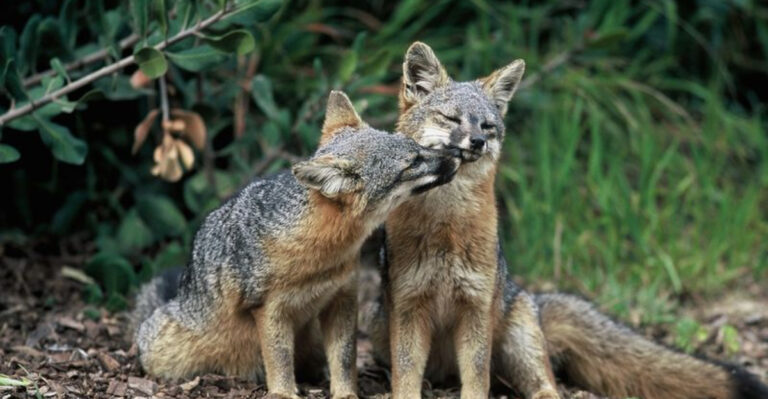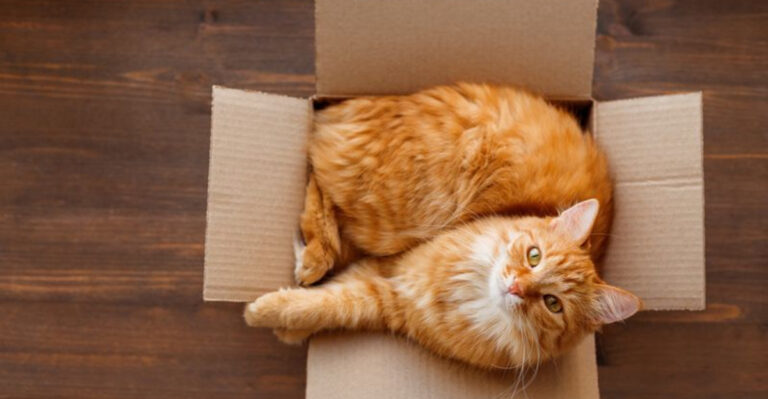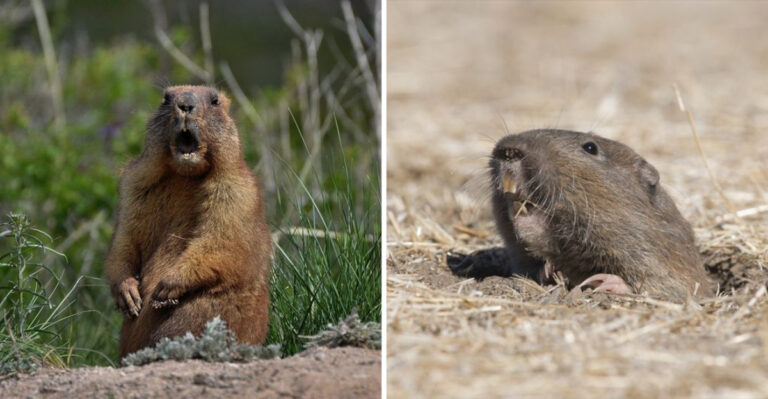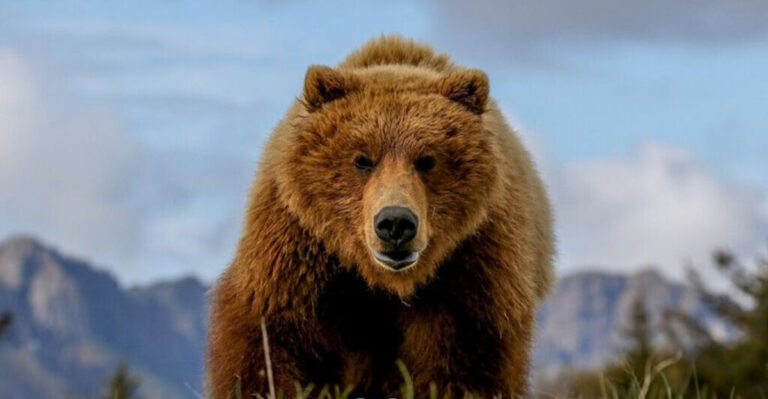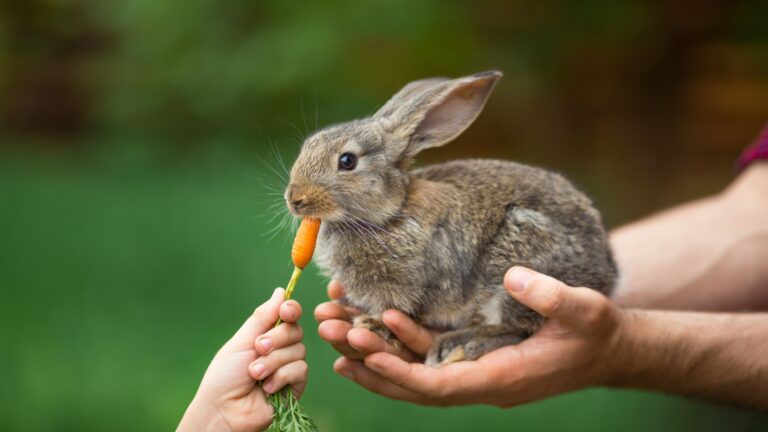15 Wild American Birds That Should Never Be Kept As Pets
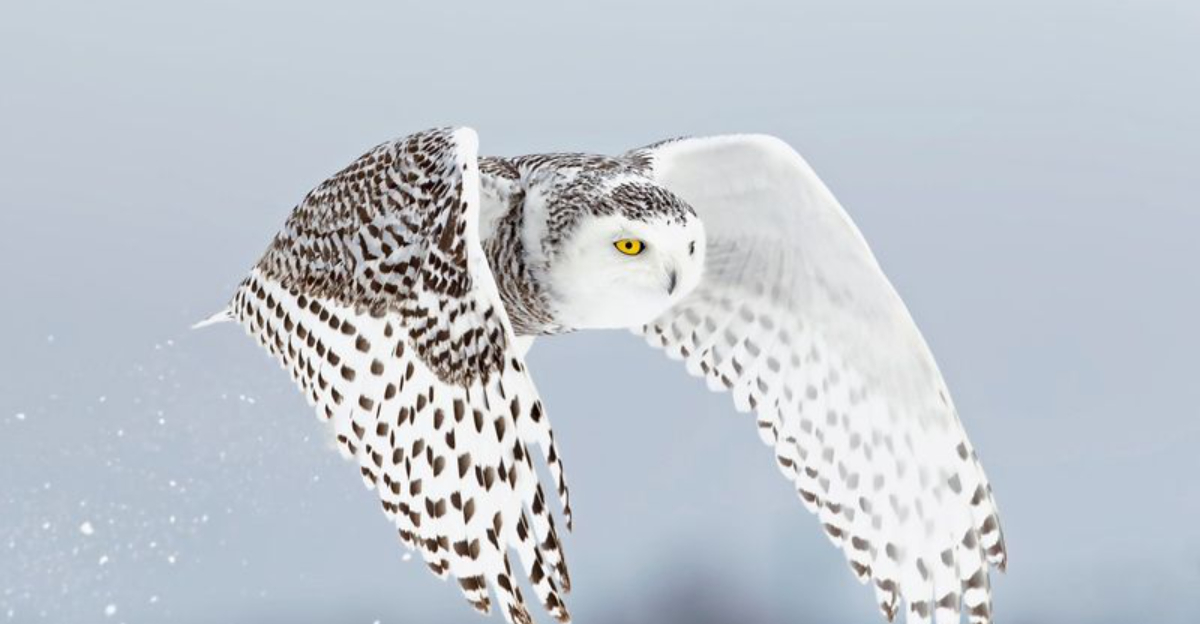
Ever thought about turning your backyard into an aviary? Before you get too carried away with the idea of adopting a feathered friend, let’s chat about some wild American birds that are best admired from afar.
These birds, with their vivid plumage and lively personalities, might seem like the perfect houseguests, but their wild nature tells a different story.
1. Bald Eagle
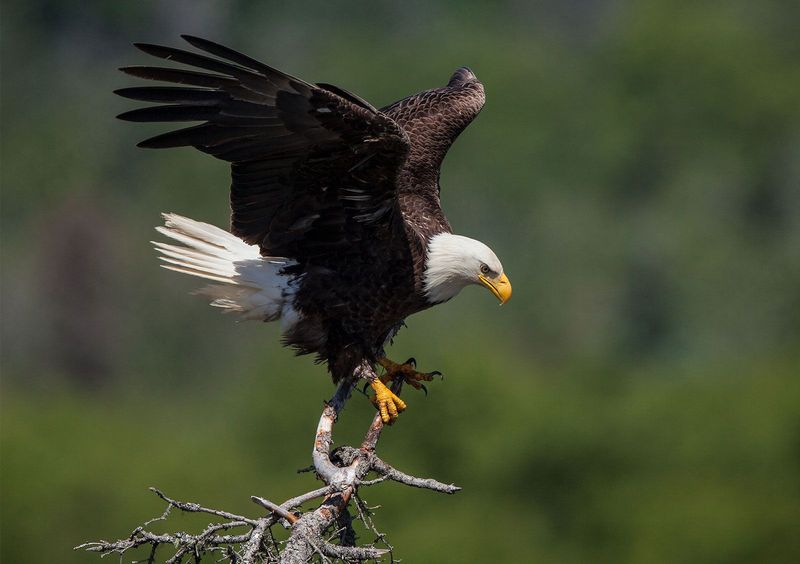
Majestic and powerful, the Bald Eagle is a symbol of freedom. With a wingspan that can reach up to 7.5 feet, it’s not the kind of bird you’d want perched on your arm.
Their hunting prowess and sharp talons make them superb predators but terrible pets. Protecting their natural habitat helps these raptors thrive where they belong—in the wild, not a living room.
2. Peregrine Falcon
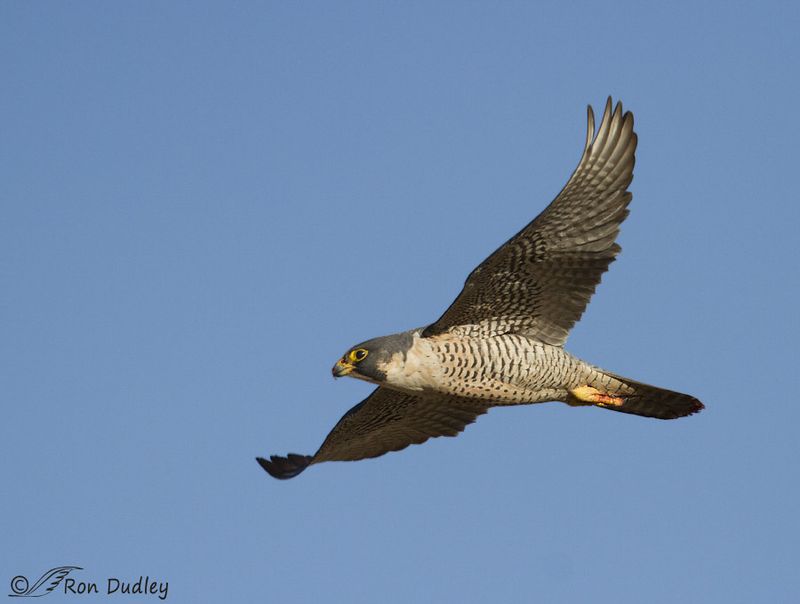
Speeding through the sky at over 240 mph, the Peregrine Falcon is the fastest bird on Earth. Keeping such a speedster cooped up? Just cruel.
They’re built for high-speed chases and aerial acrobatics, not cages. These falcons thrive in the wild, diving for prey and riding the wind, not sitting still in a home.
3. Great Horned Owl
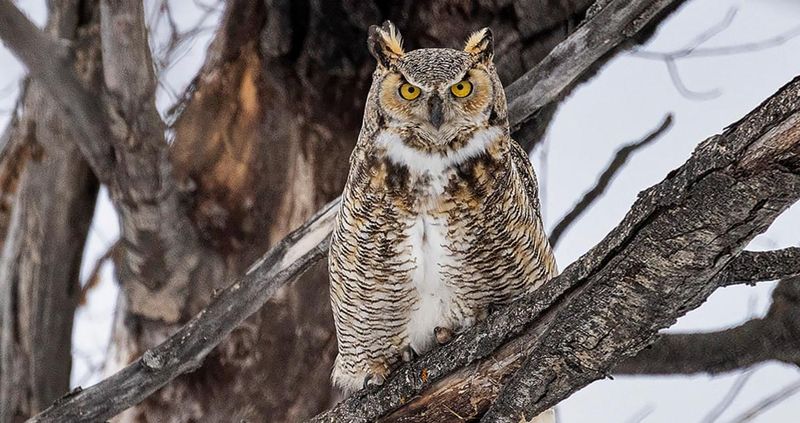
With eyes that seem to pierce the darkness, the Great Horned Owl is a nocturnal hunter. These silent fliers use stealth and surprise, not something to be seen in your living room.
Their haunting calls add mystery to the night, not noise to your home. Owning one would be like caging the night itself.
4. Snowy Owl
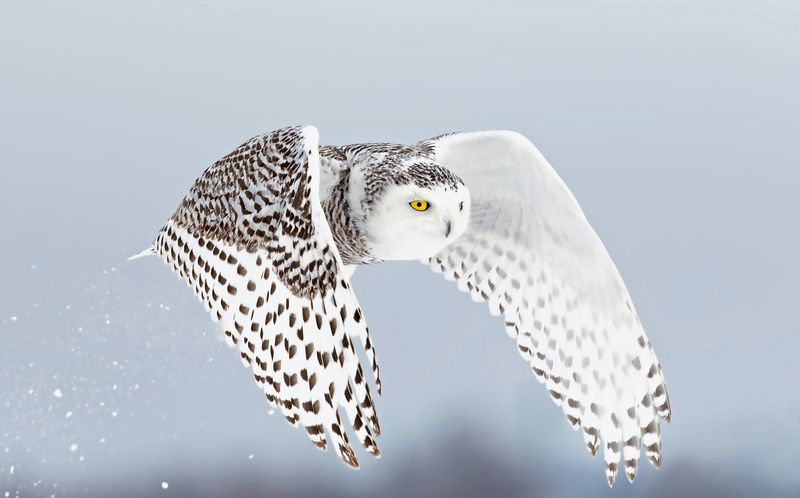
Snowy Owls, with their ethereal beauty, belong in the Arctic tundra, not your backyard. Their striking white feathers provide camouflage in the snow, hiding them from potential threats.
Adapting to harsh, cold environments, they’re built for survival, not companionship. Bringing one home wouldn’t just be impractical—it’s unfair to the owl.
5. American Kestrel
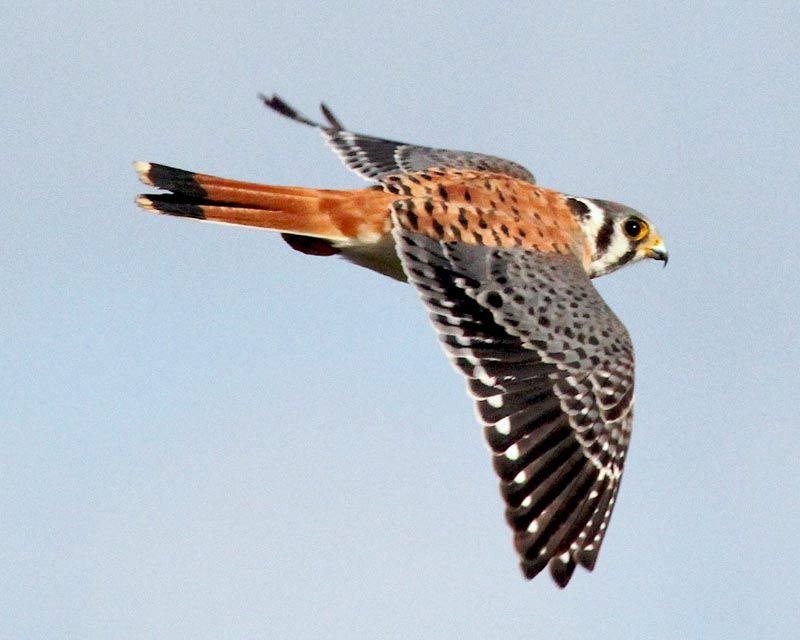
The smallest falcon in North America, the American Kestrel, may be petite but it’s no pet. These vibrant birds are natural hunters.
Their sharp vision and quick reflexes make them adept at catching insects and small mammals in the wild. Keeping them confined would dull their vibrant spirit and rob them of the chase they excel at.
6. Red-Tailed Hawk
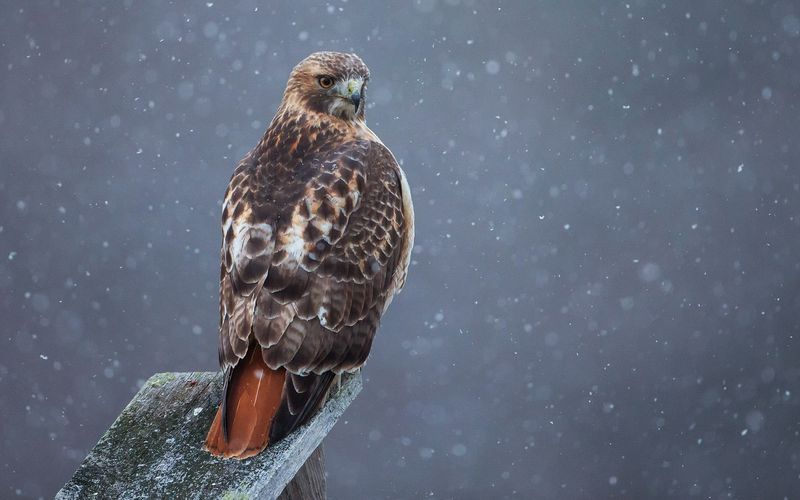
Red-tailed Hawks are known for their iconic screech, a sound that defines the American wilderness. With a presence that’s as commanding as their call, these birds demand the open sky.
Their keen eyesight allows them to spot prey from great heights, making them formidable hunters. They were born to soar, not to be stifled indoors.
7. Northern Harrier
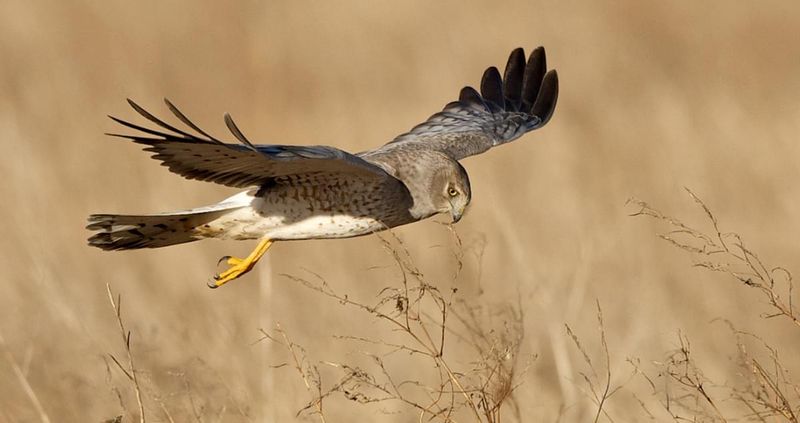
Gliding low over marshlands, the Northern Harrier is a master of stealth. Its owl-like face is a radar, guiding it to unsuspecting prey.
Their unique hunting style requires vast open spaces, something a cage simply can’t provide. To keep one at home would be to deny it the freedom it so beautifully embodies.
8. Turkey Vulture
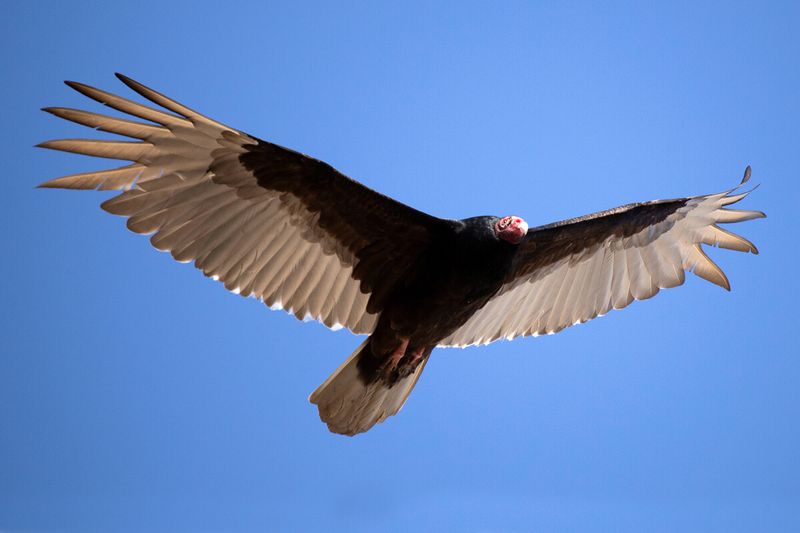
Despite their less-than-glamorous diet, Turkey Vultures are nature’s cleanup crew, soaring high with elegance. They possess an incredible sense of smell, crucial for locating food.
These scavengers play a vital role in the ecosystem, preventing disease by disposing of carrion. Captivity would clip their wings and rob the environment of their invaluable service.
9. California Condor
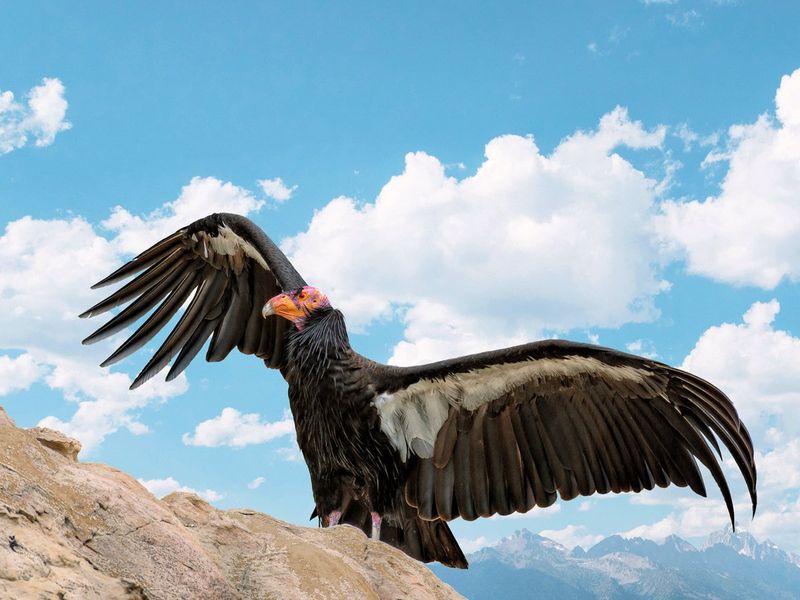
Once on the brink of extinction, California Condors are a conservation success story. With a wingspan that can rival a small plane, they dominate the skies. These birds need large territories to thrive and scavenge.
Keeping them as pets would undermine decades of conservation efforts aimed at keeping them aloft in their natural skyline.
10. Barn Owl
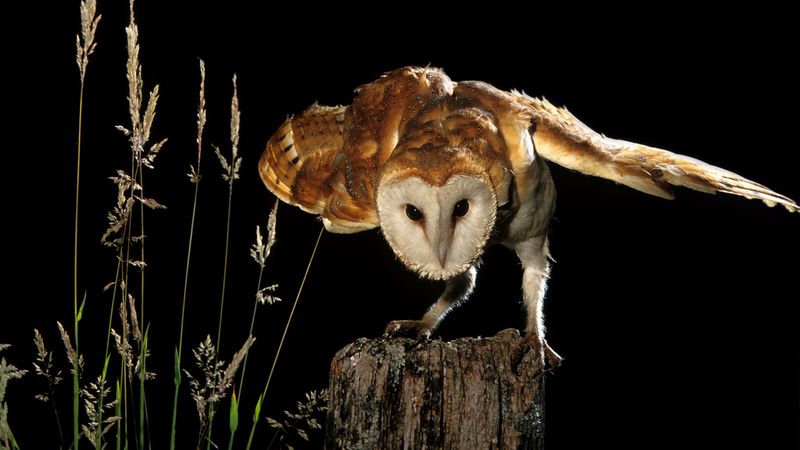
With their ghostly appearance and silent flight, Barn Owls are the night’s stealthy hunters. Their heart-shaped face and eerie screech add to their mystique.
These nocturnal predators rely on expansive hunting grounds. Bringing them indoors would be like trying to contain a whisper—impossible and unjust.
11. Belted Kingfisher
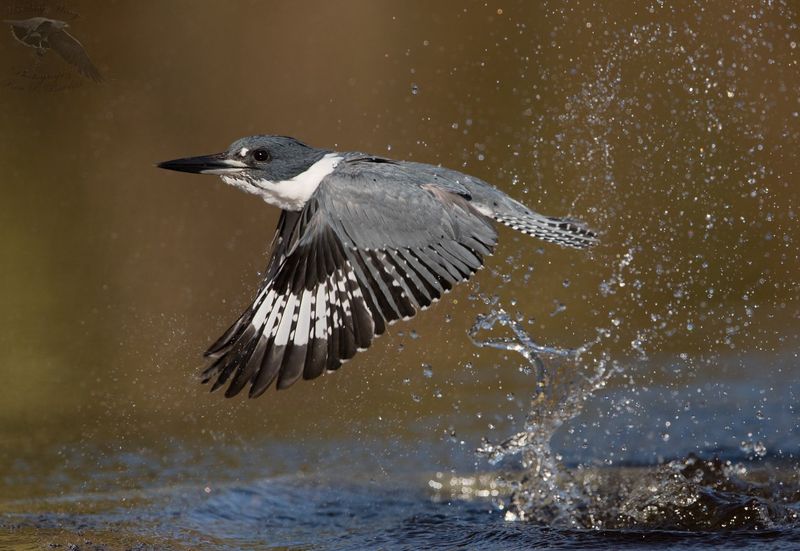
With a raucous call and a dagger-like beak, the Belted Kingfisher is a master fisherman. Perched over water, it dives with precision into the depths below.
These birds need rivers and streams, not bathtubs, to thrive. Their lively nature and fishing acumen belong in the wild, not a home aquarium.
12. Pileated Woodpecker
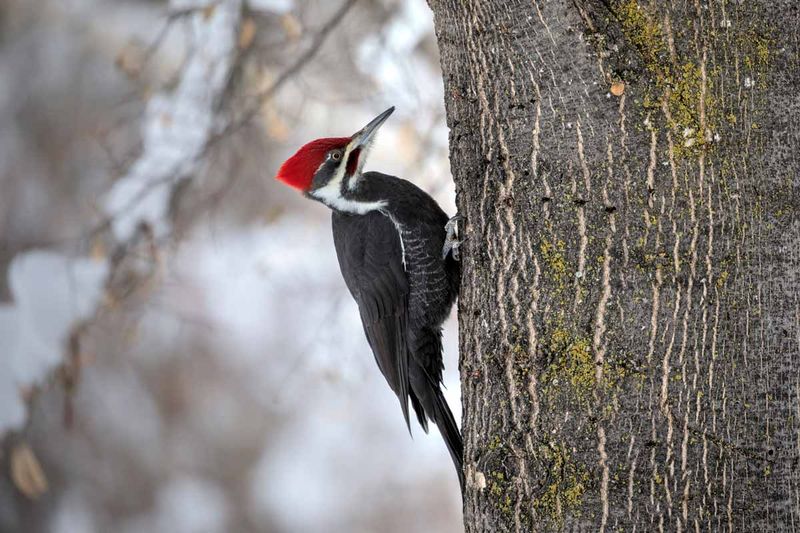
The Pileated Woodpecker, with its bright red crest, looks like it flew out of a cartoon strip. Their drumming echoes through forests as they carve out nests.
Forests, not furniture, are their playground. These birds bring life to woods but chaos to homes, with their incessant pecking and need for open spaces.
13. Osprey
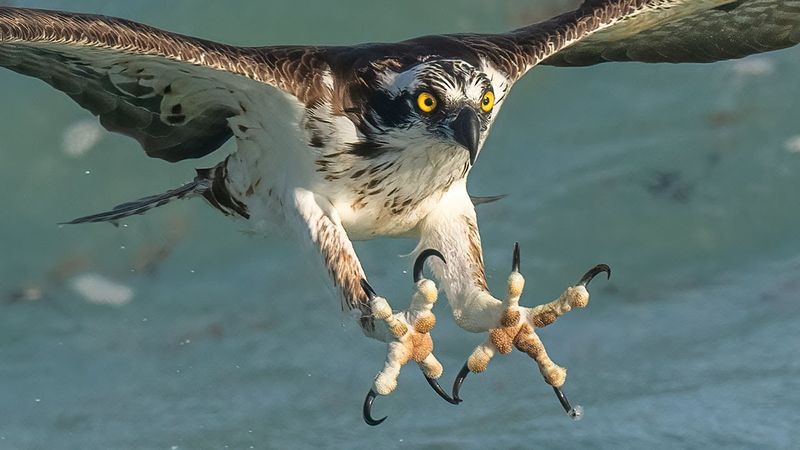
Ospreys are the fishermen of the sky, diving with precision to snatch fish from water. Their diet and hunting style demand lakes and rivers.
They build large, intricate nests near water bodies, not in suburban trees. By keeping them as pets, we deny them the thrill of the hunt that they’re biologically wired for.
14. Common Raven
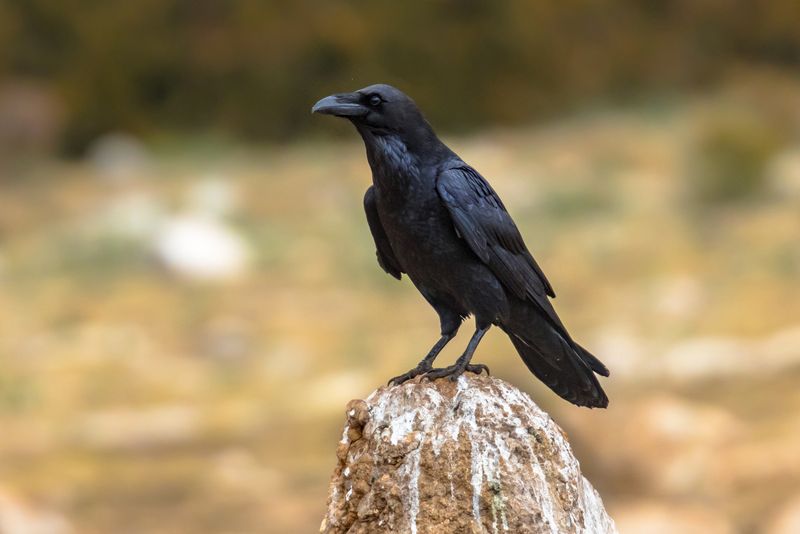
The Common Raven, with its intelligence and complex social structures, is more than just a big black bird. Renowned for problem-solving skills and playful antics, they thrive in the wild.
Ravens require mental stimulation and large territories to explore. Confined to a home, their curiosity would turn to frustration, depriving them of the wild’s wonder.
15. Whooping Crane
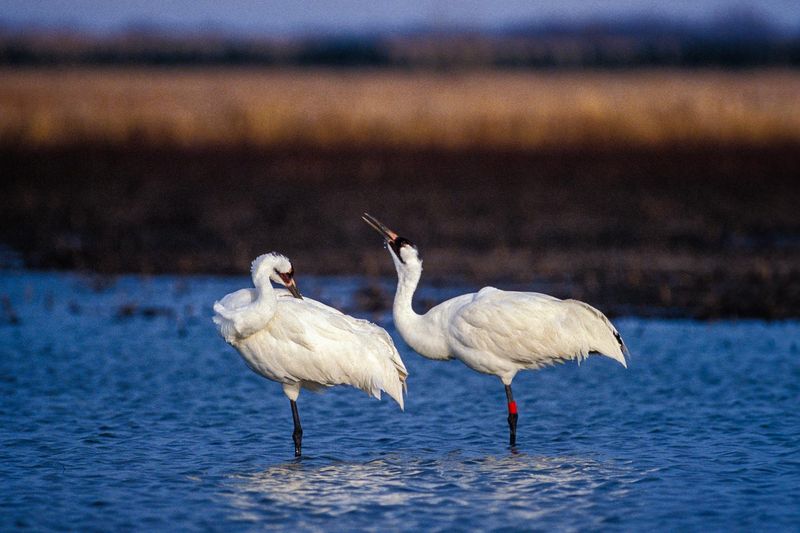
Whooping Cranes, with their striking white feathers and elegant stature, are icons of conservation. They require vast wetlands for migration and breeding. Their haunting calls echo across marshes, not living rooms.
Owning one would not only be illegal but detrimental to their survival, as these endangered birds need protection, not possession.

